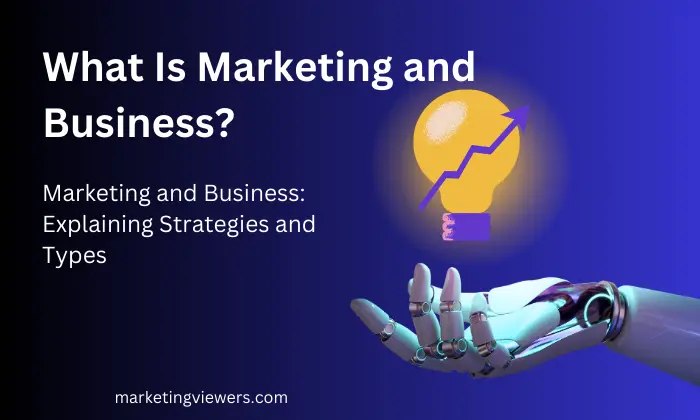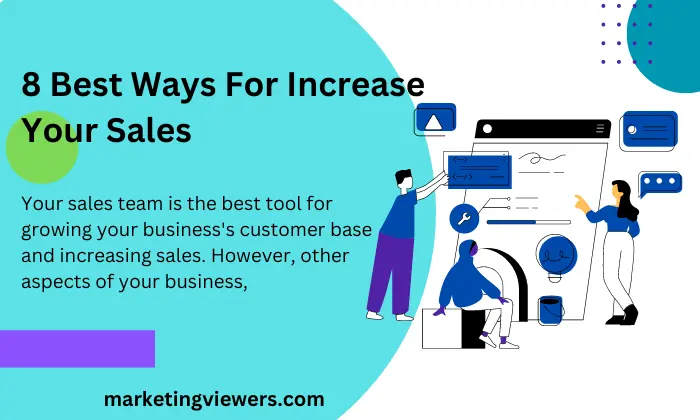While building a successful business idea, it is important for entrepreneurs, business owners, and professionals to understand the difference between business strategies and models.
This article will highlight the key differences between these two important concepts, their unique roles and how they work together to build a successful and sustainable business.

As you continue reading, you’ll gain a deeper understanding of the definitions and elements of both business models and business strategy. Furthermore, you will uncover the importance of aligning these concepts to ensure long-term success.
What is a business model?
A business model is a conceptual framework that defines how a company creates, delivers and captures value for its customers and stakeholders.
It serves as the blueprint for the organization’s operations and outlines the methods used to generate revenue, reduce costs and gain competitive advantage in the market.
Understanding and optimizing the business model is vital to the success of any business, as it underpins all of its strategic decisions and growth initiatives.
In essence, a business model represents the way a company operates to create and deliver value to its customers while ensuring profitability and sustainability. By carefully designing their business model and continuously improving it, organizations can adapt to changing market conditions, seize new opportunities, and ultimately achieve long-term success.
business model main components
- Value proposition: The unique combination of products or services that a company offers to its customers, intended to solve their problems or satisfy their needs more effectively than competitors.
- Customer segments: specific groups of customers that a company targets, based on their unique characteristics, needs, and preferences.
- Channels: The different means through which a company reaches its customers, including physical locations, online platforms, and distribution networks.
- Customer Relationships: Approaches and strategies used to establish and maintain relationships with customers while ensuring satisfaction and loyalty.
- Revenue Streams: Various sources of revenue generated by the company, arising from sales of products or services, subscriptions, fees, or other revenue-generating activities.
- Key Resources: Essential assets, whether tangible or intangible, needed by a company to deliver its value proposition and sustain its operations.
- Key Activities: The key activities and processes a company must perform to create value, maintain competitive advantage, and achieve its goals.
- Key Partnerships: The network of suppliers, partners, and other external organizations that support the company’s operations and contribute to its success.
- Cost structure: The various costs associated with running a business, including fixed and variable costs, capital investment, and operating costs.
What are business strategies?
A business strategy is a long-term, forward-looking plan that outlines how the company will achieve its goals, such as increasing market share, maximizing profits, or increasing customer satisfaction.
It involves identifying an organization’s unique strengths and leveraging them to gain a competitive edge in the market. A well-defined business strategy guides decision-making and resource allocation, ensuring that the company remains focused on its goals and adapts effectively to a changing business environment.
In essence, a business strategy is a comprehensive road map that directs a company’s efforts and resources towards achieving its long-term goals. By developing and implementing a strong business strategy, organizations can navigate the complexities of the competitive landscape, take advantage of growth opportunities, and maintain sustainable advantage in their respective markets.
business strategies elements
- Vision and Mission: The company’s core purpose and long-term aspirations, which guide its strategy and shape its culture.
- Goals and Objectives: Specific, Measurable, Attainable, Relevant, and Time-Bound (SMART) goals that the company wants to achieve within a specified time period.
- Competitive advantage: The unique factors that distinguish a company from its competitors, such as superior products, cost leadership, or exceptional customer service.
- Market positioning: The way a company tries to be perceived by its target customers in relation to its competitors based on attributes such as price, quality, or brand image.
- Core Competencies: Unique capabilities, skills or expertise that a company possesses, which enable it to outperform its competitors and create value for its customers.
- Strategic planning: The process of determining a company’s direction, making decisions about resource allocation, and establishing priorities for achieving its goals.
- Implementation and Implementation: The translation of business strategy into actionable plans, policies, and initiatives that drive the company’s day-to-day operations and ensure the achievement of its objectives.
- Monitoring and Evaluation: Ongoing evaluation of the company’s progress towards its strategic goals, enabling it to refine its approach, address challenges and take advantage of emerging opportunities.
- How to Get to Instagram Marketplace: How to get clients on Instagram
- How to Make a Business Plan: Top 6 Building Blocks
- What are Financial Markets: Types of Financial Markets
- MEIZU 21 Smartphone Specifications: A Unique and Beautiful Smartphone
- What is Foreign Exchange Market
Difference Between Business Strategies And Business Models
Business strategy and business model are two different concepts that are important in the business field.
Business strategies
- A business strategy focuses on specific aspects of the business and outlines the actions and decisions necessary to achieve the business goals and objectives.
2.A successful business strategy consists of different components, including market analysis, competitive positioning, and resource allocation. These elements work synergistically to create a plan that maximizes strengths and minimizes weaknesses. - A business strategy serves as a blueprint for the success of the organization. They encompass a set of actions designed to achieve specific goals and objectives. The strategy guides the decision-making process by offering a clear direction for the company.
Business Models
- Business models, on the other hand, focus on how the various aspects of a business work together to create value and generate revenue.
- On the contrary, a business model explains how the company creates, provides and captures it. It outlines the way a firm operates and gives birth to the tax. Long -term stability and profits are a solid business model essential.
- From subscription models to freeium approach, businesses adopt different models based on their nature and goals. Understanding these types helps develop a model that is in line with the company’s vision.
In summary, business strategies are about the actions and decisions required to achieve business goals, while business models are about how the various aspects of the business work together to create value and revenue.
Why does your company need both a business model and strategy?
Alignment between business models and strategies plays a vital role in enabling companies to enable companies to adopt market changes. This ensures consistency and attention in the operations, allocation of resources and decision -making.
It also enables the company to take advantage of its unique powers and abilities to create competitive advantage, which attracts consumers, promotes loyalty, and improves competition.
A company that harmonizes its business model with its strategy is capable of responding to market changes, new trends and competitive forces. Keeping the business model in alignment with business strategies also promotes the environment for innovation and growth.
This alignment helps the company to identify new opportunities, develop new products or services, and enter new markets, which promotes long-term success. In addition, a well-connected company can meet the expectations of its stakeholders, including consumers, employees, shareholders and suppliers, leading to strong relationships, high loyalty and a more positive brand image.
In summary, keeping a company’s business model and business strategy is an important part of long-term success. When these two concepts are linked, companies can maintain their competitive advantage, adopt market changes and achieve sustainable growth. Regular diagnosis and refreshments of this alignment are always the key to staying ahead in the landscape of business land.






